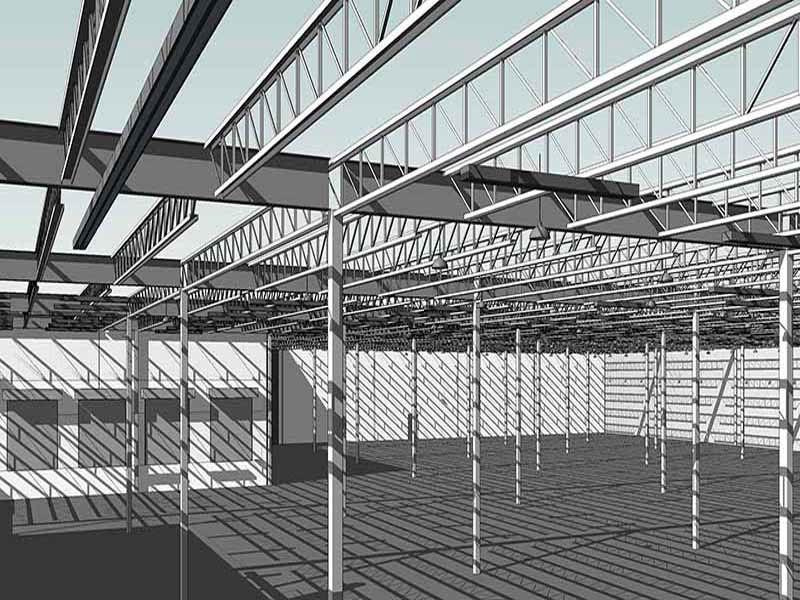IB Design Technology Notes – Comprehensive Guide for Students

The International Baccalaureate (IB) Diploma Programme encourages students to combine creativity, technical skills, and problem-solving abilities. IB Design Technology is a subject that allows students to explore the process of designing and creating innovative solutions while considering sustainability, usability, and aesthetics. Well-organized IB Design Technology notes are crucial for students to understand core concepts, prepare for assessments, and excel in both practical and theoretical components.
This guide covers essential aspects of IB Design Technology notes, including course structure, assessment components, note-taking strategies, and effective study tips.
Why IB Design Technology Notes Are Important
Effective notes provide:
-
Organized Learning: Summarize key theories, concepts, and technical processes.
-
Exam Preparation: Quickly revise essential topics before exams.
-
Project Guidance: Offer references and frameworks for designing projects and case studies.
-
Critical Thinking: Help evaluate design solutions, materials, and technologies.
-
Consistency: Allow regular review, reducing last-minute study stress.
High-quality notes help students consolidate learning and apply theoretical knowledge practically.
Core Components of IB Design Technology Notes
1. Design Process
The design process is at the heart of IB Design Technology:
-
Investigate: Research problems, identify client needs, and explore existing solutions.
-
Plan: Develop design specifications, timelines, and resource lists.
-
Create: Develop prototypes using appropriate materials, tools, and technologies.
-
Evaluate: Assess functionality, aesthetics, sustainability, and user feedback.
Tip: Include diagrams, flowcharts, and step-by-step explanations in notes for clarity.
2. Core Topics and Themes
IB Design Technology notes should cover the key topics:
-
Human Factors and Ergonomics: Designing for user comfort, safety, and efficiency.
-
Sustainability: Environmental impacts, energy efficiency, and eco-friendly materials.
-
Materials and Properties: Characteristics of metals, plastics, textiles, and composites.
-
Innovation and Technology: Emerging technologies, digital design tools, and manufacturing techniques.
-
Safety and Risk Management: Safe handling of materials, tools, and machinery.
Tip: Include examples from real-world products and case studies to reinforce learning.
3. Assessment Components
IB Design Technology assessments are divided into internal and external components:
-
Internal Assessment (IA):
-
Students design and develop a product or solution based on client needs.
-
Include design briefs, specifications, prototypes, testing, and evaluation.
-
-
External Assessment:
-
Written exams test knowledge of core principles, material properties, sustainability, and design strategies.
-
Questions may include theory, case studies, and problem-solving scenarios.
-
Tip: Organize notes by assessment type to make revision more efficient.
How to Create Effective IB Design Technology Notes
1. Organize by Topic
-
Separate notes by themes such as design process, materials, sustainability, and innovation.
-
Include sub-sections for theory, practical examples, and evaluation points.
2. Incorporate Diagrams and Flowcharts
-
Visual representations simplify complex processes and design stages.
-
Include sketches of prototypes, material structures, and design iterations.
3. Summarize Key Concepts
-
Condense theory into bullet points for quick reference.
-
Highlight formulas, definitions, and technical terms.
4. Include Real-World Examples
-
Case studies of successful products help illustrate design principles.
-
Notes on failures or challenges provide insight into problem-solving and evaluation.
5. Maintain Evaluation Notes
-
Assess materials, processes, and product performance.
-
Include pros, cons, and suggestions for improvement.
Study Tips for Using IB Design Technology Notes
-
Regular Review: Study notes consistently to retain technical details and design principles.
-
Practice Diagrams and Sketches: Improve ability to communicate ideas visually.
-
Apply Theory Practically: Relate notes to your IA project or real-world product design.
-
Use Flashcards for Key Terms: Memorize material properties, technical terms, and processes.
-
Peer Discussions: Share ideas and solutions to broaden perspective and improve critical thinking.
Benefits of Comprehensive IB Design Technology Notes
-
Efficient Revision: Quickly access key points, diagrams, and examples.
-
Improved IA Performance: Notes help in planning, designing, and evaluating projects effectively.
-
Enhanced Problem-Solving: Notes provide strategies for tackling design challenges.
-
Confidence: Structured notes reduce exam anxiety and improve performance.
-
Preparation for Higher Studies: Knowledge of design processes and sustainability is valuable in engineering, product design, and technology-related courses.
Common Mistakes to Avoid
-
Overloading notes with unnecessary details instead of focusing on core principles.
-
Ignoring diagrams, sketches, and visual aids that simplify understanding.
-
Not linking theory to practical applications in projects or case studies.
-
Failing to update notes with new technologies, materials, and design trends.
Solution: Keep notes concise, visually organized, and regularly updated with practical examples.
Recommended Resources to Complement Notes
-
Textbooks: IB Design Technology guides and textbooks with exercises and examples.
-
Online Platforms: Tutorials, interactive tools, and design software demonstrations.
-
Case Studies: Real-world product designs, sustainable technologies, and engineering solutions.
-
Past Papers: Exam practice for theory questions and problem-solving tasks.
-
Teacher Guidance: Feedback on notes, sketches, and IA projects to improve accuracy and evaluation skills.
Final Thoughts
IB Design Technology notes are an indispensable tool for students aiming to excel in this creative and technical subject. They provide a structured way to consolidate knowledge, understand complex design processes, and prepare for both written exams and internal assessments.
By organizing notes effectively, incorporating diagrams, summarizing theory, and linking concepts to real-world applications, students can confidently tackle IB Design Technology. Well-prepared notes not only aid in exam preparation but also develop essential problem-solving, critical thinking, and innovative skills that are valuable beyond the IB Diploma.








